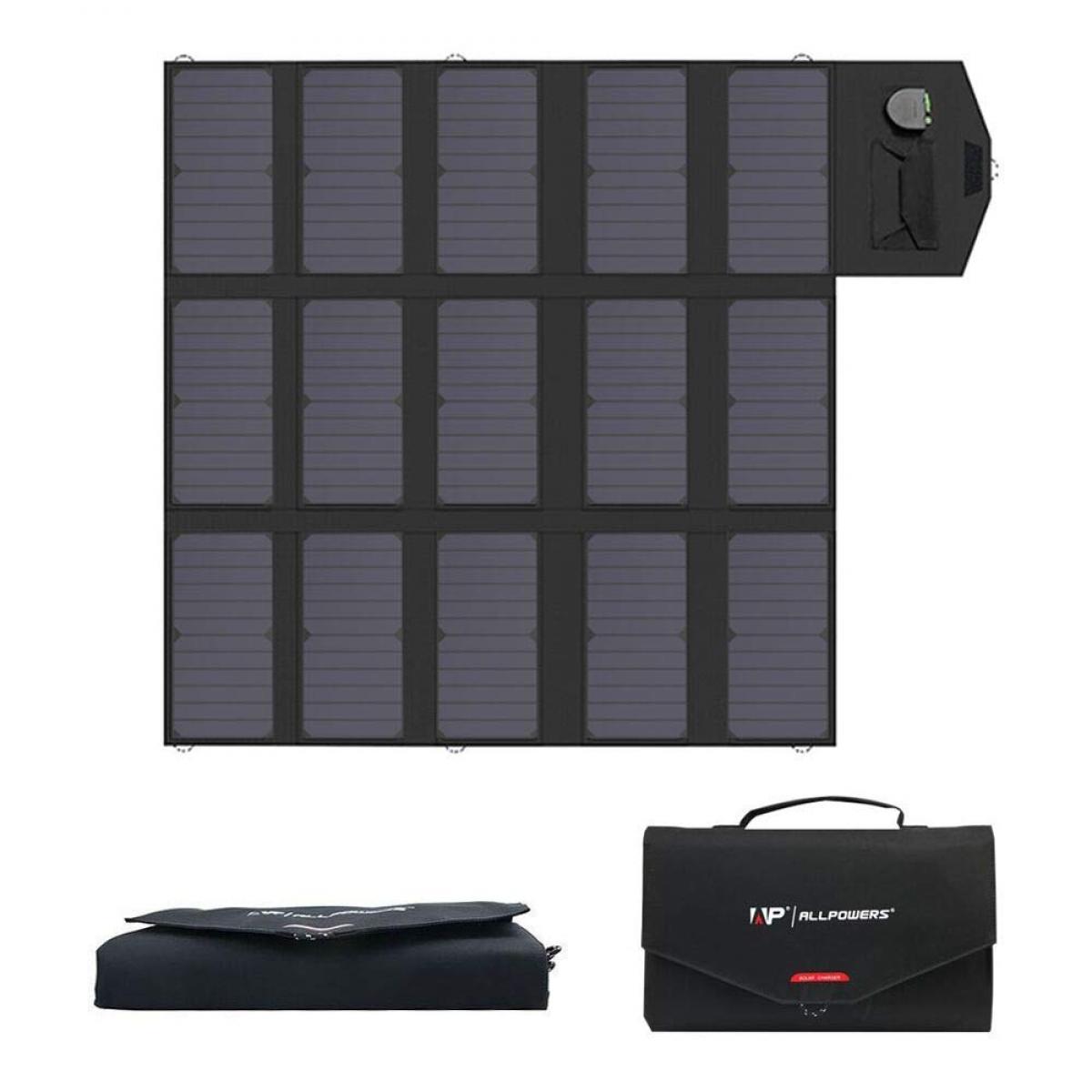How Much Are Home Solar Panels?
In recent years, the interest in renewable energy sources has surged, with home solar panels becoming a popular choice for homeowners looking to reduce their carbon footprint and save on energy costs. However, one of the most common questions that potential buyers have is, "How much do home solar panels cost?" This article aims to provide a comprehensive overview of the costs associated with home solar panels, including the factors that influence these costs, potential savings, and financing options.

Understanding the Cost of Home Solar Panels
The cost of home solar panels can vary widely based on several factors, including the size of the system, the type of panels used, installation costs, and regional differences. On average, the cost of installing a solar panel system in the United States ranges from $15,000 to $25,000 before any tax credits or incentives. This cost is typically measured in dollars per watt, with the average cost per watt ranging from $2.50 to $3.50.
Factors Influencing the Cost
1. System Size: The size of the solar panel system is one of the most significant factors affecting the overall cost. Larger systems that generate more electricity will naturally cost more. The size of the system you need depends on your household's energy consumption and the amount of sunlight your location receives.
2. Type of Panels: There are different types of solar panels available, including monocrystalline, polycrystalline, and thin-film panels. Monocrystalline panels are generally more efficient and have a higher cost, while polycrystalline panels are less expensive but also less efficient. Thin-film panels are the least expensive but also the least efficient.
3. Installation Costs: Installation costs can vary based on the complexity of the installation, the roof's condition, and the labor rates in your area. Some installations may require additional work, such as reinforcing the roof or upgrading the electrical system, which can add to the overall cost.
4. Regional Differences: The cost of solar panels can also vary by region due to differences in labor costs, permitting fees, and the availability of incentives. For example, states with higher electricity rates and more sunlight, like California and Arizona, may have higher installation costs but also offer more significant savings and incentives.
5. Incentives and Tax Credits: Federal, state, and local incentives can significantly reduce the cost of installing solar panels. The federal Investment Tax Credit (ITC) allows homeowners to deduct 26% of the cost of installing a solar energy system from their federal taxes. Some states and municipalities also offer additional incentives, rebates, and tax credits.
Potential Savings from Solar Panels
While the upfront cost of solar panels can be substantial, the potential savings over time can make the investment worthwhile. The primary savings come from reduced electricity bills. By generating your own electricity, you can significantly lower or even eliminate your monthly energy costs. The amount you save depends on your energy consumption, the size of your solar panel system, and the cost of electricity in your area.
In addition to savings on electricity bills, solar panels can also increase the value of your home. Studies have shown that homes with solar panel systems sell for more than those without. This added value can help offset the initial investment in solar panels.
Financing Options for Solar Panels
For many homeowners, the upfront cost of solar panels can be a barrier. However, there are several financing options available to make solar energy more accessible:
1. Solar Loans: Many banks and financial institutions offer loans specifically for solar panel installations. These loans can be secured or unsecured and typically have lower interest rates than other types of loans. Solar loans allow homeowners to spread the cost of the system over several years, making it more affordable.
2. Leases and Power Purchase Agreements (PPAs): With a solar lease or PPA, a third-party company installs and maintains the solar panel system on your property. In return, you pay a monthly fee or a reduced rate for the electricity generated by the system. This option requires little to no upfront cost, but the savings may be less than if you owned the system outright.
3. Home Equity Loans and Lines of Credit: Homeowners can also use home equity loans or lines of credit to finance their solar panel system. These options typically offer lower interest rates and longer repayment terms, making them an attractive choice for many homeowners.
4. Incentives and Rebates: As mentioned earlier, federal, state, and local incentives can significantly reduce the cost of solar panels. Be sure to research and take advantage of any available incentives to lower your overall investment.
The cost of home solar panels can vary widely based on several factors, including system size, type of panels, installation costs, and regional differences. While the upfront cost can be substantial, the potential savings on electricity bills and the increase in home value can make the investment worthwhile. Additionally, various financing options and incentives can help make solar energy more accessible to homeowners.
By carefully considering your energy needs, researching available incentives, and exploring financing options, you can make an informed decision about whether solar panels are a good investment for your home. As the demand for renewable energy continues to grow, the cost of solar panels is expected to decrease, making it an even more attractive option for homeowners looking to reduce their carbon footprint and save on energy costs.
